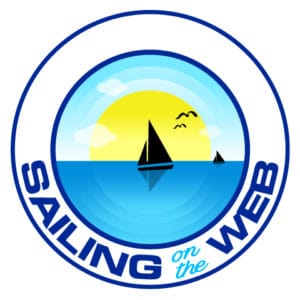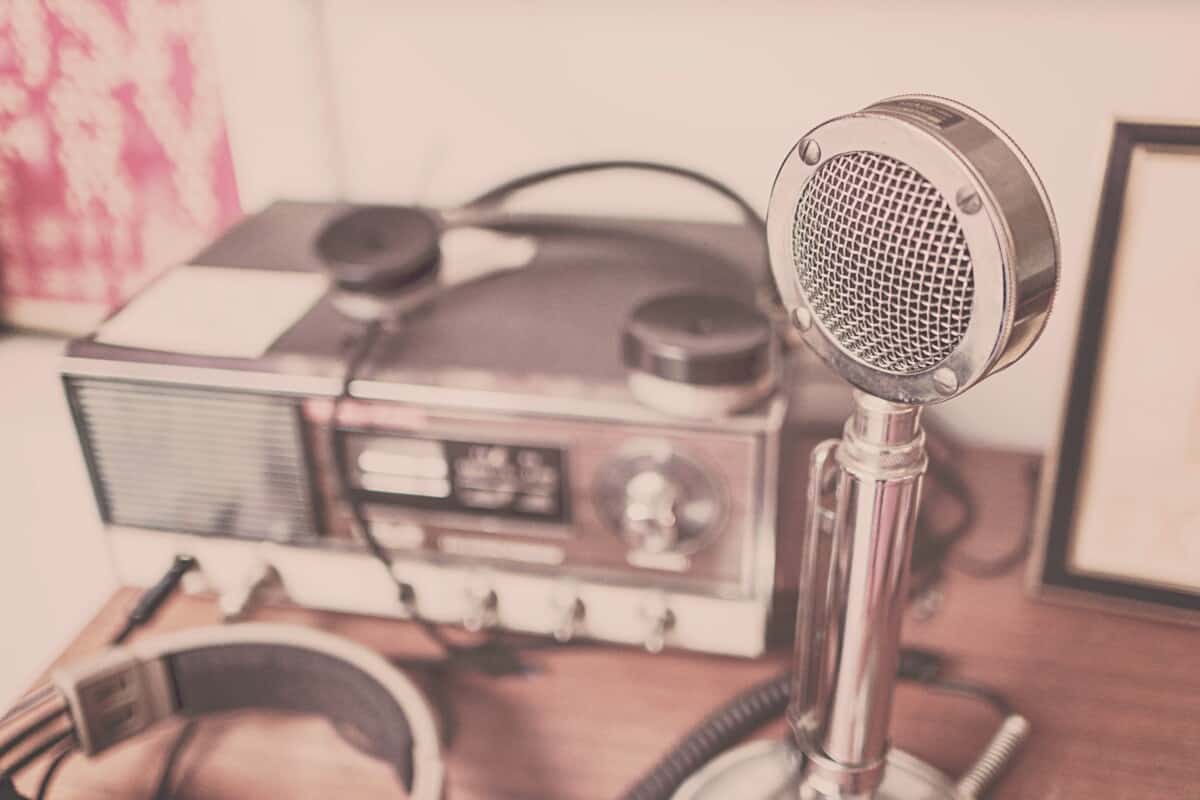What is a Distress Signal?
Also called a distress call, a distress signal refer to the internationally recognized means for obtaining help. Distress signals are communicated through many ways such as displaying a visually observable item or illumination, transmitting radio signals, or illumination, or making a sound audible from a distance.
As the name implies, a distress signal indicates that a person or group of people, ship, aircraft, or other vehicle is in distress, threatened by serious and/or imminent danger and requires immediate assistance.
Use of distress signals in other circumstances may be against local or international law. An urgency signal is available to request assistance in less critical situations.
What To Know Before Sending A Distress Signal?
There are certain requirements which must be met so as to communicate an effective distress signal. First, two parameters must be communicated. These two parameters are:
- Alert or notification of a distress in progress
- Position or location (or localization or pinpointing) of the party in distress.
These two details are essential to any rescue attempt for many reasons. For instance, a single aerial flare alerts observers to the existence of a vessel in distress somewhere in the general direction of the flare sighting on the horizon but extinguishes within one minute or less.
A hand-held flare burns for three minutes and can be used to localize or pinpoint more precisely the exact location or position of the party in trouble. An EPIRB both notifies or alerts authorities and at the same time provides position indication information.
These three instances have been given to further emphasize the importance of giving specific information on location for a long enough time to get the rescuers to your side.
Transmitting A Radio Signal
This is also referred to as a mayday call. It is perhaps the most efficient and effective form of distress call out there. A Mayday call indicates that life and property are at acute risk. It is our hope that you never have to be in such a situation on your voyage. But while at sea, a lot of things happen and some of these things may not go as planned hence it means that your boat or someone on it may be in imminent danger.
A Mayday call is warranted in cases of serious damage, danger of losing the vessel and life-threatening injury or illness of someone aboard. A distress call on Channel 16 should follow a certain protocol to make sure it is clearly understood and contains the necessary information that will guide rescuers to you as quickly as possible.
Below are the protocol and steps which must be taken to ensure that a proper and effective distress call is sent. First, it is essential that you should know why your VHFradio is critically important in a boating emergency.
Steps To Transmit A Distress Signal Over A Radio
Here are the steps to set off an effective distress call that will draw the attention of potential rescuers to your call:
- Locate where the DISTRESS button is.
- Lift the cover/lid
- Press and hold the button until the radio “beeps”. It is essential that you her the beep before you release the button. The DSC signal will tell the Coast Guard your boat’s information.
- Select the nature of your call (this depends largely on the type of radio; if your radio allows you to make this selection).
- Say loud and clearly “Mayday, Mayday, Mayday(the word may-day is as pronounced, no need to make it sound professional). This is the Titanic (you are going to mention your boat’s name here).”
- Repeat three times. If you are using a handheld, make sure you set the transmission power to 5 or 6 Watts (the highest power setting on your particular handheld).
- Repeat Mayday and your boat’s name once again.
- After this, proceed to provide your exact position. This will be much more easier if you have a GPS. The position should be stated in degrees of latitude and longitude. If you don’t know your lat/long coordinates you should provide a magnetic bearing or an estimated distance and direction to an easily identified landmark or aid to navigation.
- Describe your boat. Give type (power, sail), design (cabin cruiser, sloop), length, colour and other distinctive features.
- Say how many people are on board.
- Give concise information about the nature of your distress so your potential rescuers can know what they should come along with when they are coming. Are you sinking? Is someone injured? Do you have fire on board? Has crew fallen over board? What kind of equipment do you need to control the situation (medical advice or support, fire extinguisher, pumps etc.)?
- If your boat is in danger of sinking, indicate how much time you think you have left so the weight of your emergency can be communicated.
- At the end of the transmission say “Over” and listen for a response. If you do not get a response, let a minute go by before you repeat the entire process.
When the Coast Guard receives your DSC distress call, the watch stander on duty is alerted, the Coast Guard’s DSC signals your radio to switch to Channel 16, your radio announces receipt of the Coast Guard’s signal, and the Coast Guard establishes voice communication with you.
When your MAYDAY call is answered, it is essential that you answer with the name of your boat, the latitude/longitude numbers from your GPS, and why you need help.
- This is (name of your boat)
- My position is (your latitude and longitude)
- We are (state the nature of your problem—sinking, flooding, fire, medical emergency etc.)
- We have (number of people) onboard, over
Digital Selective Calling Distress Calling
Digital Selective Calling (DSC) distress calls are sent automatically with the push of a button. They inform the Coast Guard who you are (the name of your boat) and where you are (Lat. and Long). Your digital signal can be received and accurately decoded under conditions where voice messages are difficult to understand. Your message is automatically stored and displayed on every DSC radio that receives it and the Coast Guard’s response automatically switches your radio to Channel 16 for voice communication.
Coast Guard units monitor DSC distress calls meaning all Coast Guard vessels in radio range of your boat are alerted immediately. Since your radio transmits your precise location, the Search phase of Search and Rescue is greatly reduced. The help you need arrives sooner, and Coast Guard crews spend less time exposed to hazardous weather conditions.
Due to the information provided above, your VHF radio (and everyone else’s) MUST be on and tuned to Channel 16 whenever the boat is in motion unless you’re communicating on another channel. This may save your life or someone else’s.
Pyrotechnic Distress Signals
As their name suggests, pyrotechnic signals create a chemical reaction that produces a flame or other exothermic signals such as light, smoke or sound. Some common types include parachute flares, handheld flares and floating smoke signals. These are the commonly used distress signals not only on the sea but in every kind of emergency.
All pyrotechnic signalling devices must be within their usable date range and easily accessible to meet Coast Guard requirements. It’s a good idea to carry your expired pyrotechnics as backups, but they won’t be sufficient if you get inspected by Coast Guard officials.
All Coast Guard-approved pyrotechnics have a 42-month expiration date from the time of their production. And aside from these inspections, it is essential that carry along devices that will actually be of use to you in case of an emergency.
Alert signals such as aerial flares let rescuers initially find where you are. They travel high into the air so that rescuers can establish your general location if you are beyond the visible horizon.
Conclusion
Sailing can be a very interesting experience but it can also be very unpredictable. Waters can be dangerous and things may go out of hand. In case of an emergency, the above information will be of optimum use to you in ensuring that you reach shore alive and safe.

